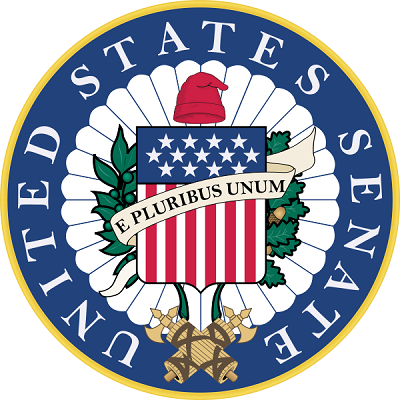Washington, DC - July 22, 2014 - Polarization and partisanship are a plague on American politics.
Political scientists have found that the two parties have each grown more ideologically homogeneous since the 1970s. The Senate hasn’t been so polarized since Reconstruction; the House has not been so divided since around 1900. As measured by laws passed, the current Congress is on track to be among the least productive in our republic’s history.
How did this happen? One of the main causes has not gotten enough attention: the party primary system.
The reasons behind the shocking primary defeat last month of Representative Eric Cantor of Virginia, who was then leader of the Republican majority in the House, are still being debated, but there is no doubt that his defeat highlighted the pernicious effects of the predominant “winner-take-all” party primary system. Even in one of the country’s most Republican districts, Mr. Cantor was not conservative enough for the fairly small proportion of highly energized, ideologically driven voters who turned out for the primary. The partisan primary system, which favors more ideologically pure candidates, has contributed to the election of more extreme officeholders and increased political polarization. It has become a menace to governing.
From 10,000 feet, the structure of our electorate looks to be healthy, with perhaps a third of the potential voters who are left-leaning Democrats, a third who are right-leaning Republicans and a third who are independents in the middle.
But primaries poison the health of that system and warp its natural balance, because the vast majority of Americans don’t typically vote in primaries. Instead, it is the “third of the third” most to the right or most to the left who come out to vote — the 10 percent at each of the two extremes of the political spectrum. Making things worse, in most states, laws prohibit independents — who are not registered with either party and who make up a growing proportion of the electorate — from voting in primaries at all.
The phenomenon of primaries’ pulling people to the extremes seems more prevalent in the Republican Party, where centrists and moderates are increasingly rare, as a result of a combination of factors since the 1970s — the shift of Southern states toward Republican control, the mobilization of evangelical voters around social issues, anti-tax movements in California and elsewhere, and the rise of conservative talk radio and other news media. But the dynamic could easily expand to include the Democrats, who have at times been pulled too far to the left, for example on issues like crime and welfare’s excesses in the 1980s.
Two additional factors exacerbate the problem of party primaries. The first are the deep-pocketed interests that often lie at the extremes. The loosening of campaign finance restrictions by the Supreme Court has unleashed a flood of “independent” political spending by these special interests.
The second is the redistricting process. Technology has allowed parties that dominate their state legislatures to draw districts that will almost never elect a candidate of the opposing party. Each party maneuvers, once a decade, to manipulate the boundaries to its advantage. One of the reasons the Senate is, for all its flaws, still more moderate than the House is that there is no redistricting, since senators are elected statewide.
Primary election rules are not immutably ingrained in our politics. Before the McGovern-Fraser Commission — formed after the Democratic convention in Chicago in 1968, which was marred by conflict over the Vietnam War — primaries were not even a major component of electoral politics in most states. Both parties adopted many of the commission’s recommendations, which were intended to weaken the power of party bosses.
But today, with the decline of party-machine power, the polarization that divides the parties seems a far greater threat than establishment “bosses.”
We need a national movement to adopt the “top-two” primary (also known as an open primary), in which all voters, regardless of party registration, can vote and the top two vote-getters, regardless of party, then enter a runoff. This would prevent a hard-right or hard-left candidate from gaining office with the support of just a sliver of the voters of the vastly diminished primary electorate; to finish in the top two, candidates from either party would have to reach out to the broad middle.
California, which probably mirrors the diversity of America more than any other state, was racked by polarization until voters approved a constitutional amendment in 2010 that adopted a “top-two” primary system. The move has had a moderating influence on both parties and a salutary effect on the political system and its ability to govern. Louisiana has used a similar system since the 1970s, and Washington State since 2008. Voters in Colorado and Oregon will consider proposals later this year.
If it works in these states, it can work in others. In late June, Senator Thad Cochran, a conservative Mississippi Republican, won a runoff primary over an even more conservative challenger, Chris McDaniel, with the support of Democrats, many of them African-American, who crossed over to vote for him.
While there are no guarantees, it seems likely that a top-two primary system would encourage more participation in primaries and undo tendencies toward default extremism. It would remove the incentive that pushes our politicians to kowtow to the factions of their party that are most driven by fear and anger. For those of us who are in despair over partisanship and polarization in Congress, reform of the primary system is a start.










